
Hunting for used cars is a national past-time. Whether you’re in the market for a bargain, or are a collector trawling through barn finds and small ads, looking for that dream motor – you can find a huge selection of vehicles at some top notch prices. Most sellers are decent people, looking to run a business, or simply trade up on an old car, but this doesn’t mean mistakes can’t be made.
Continue reading


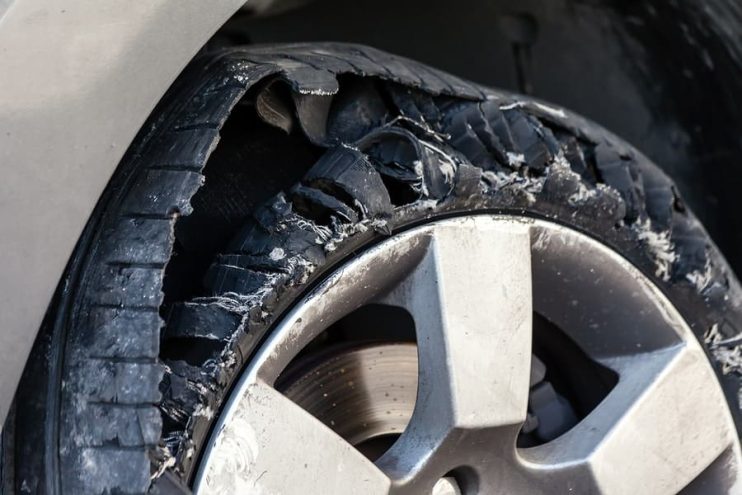
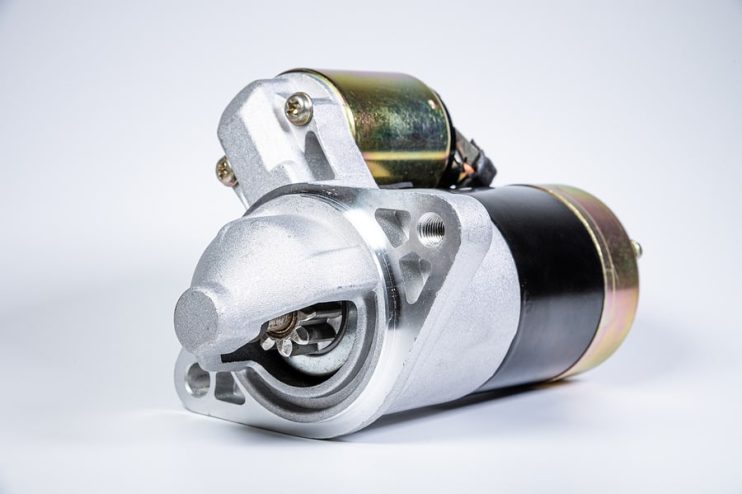

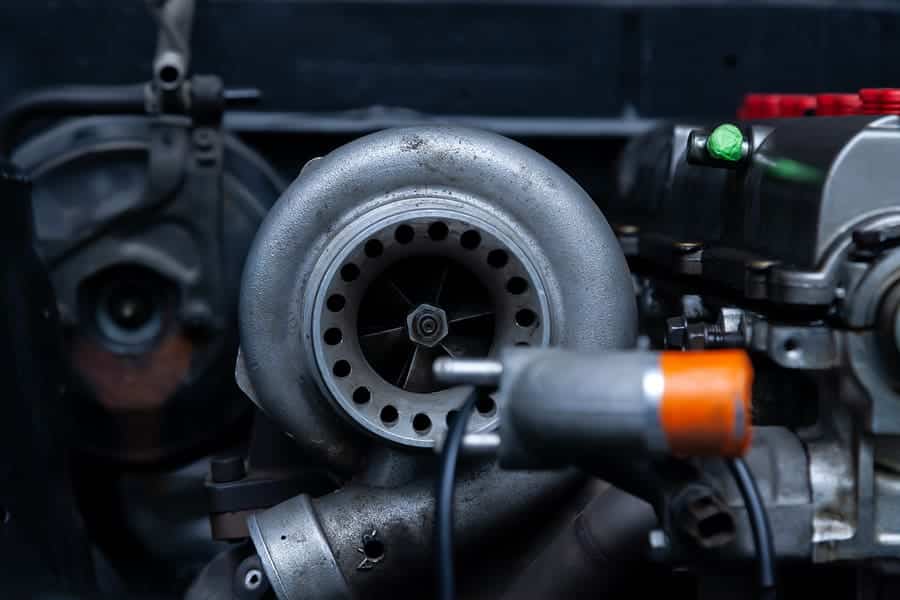
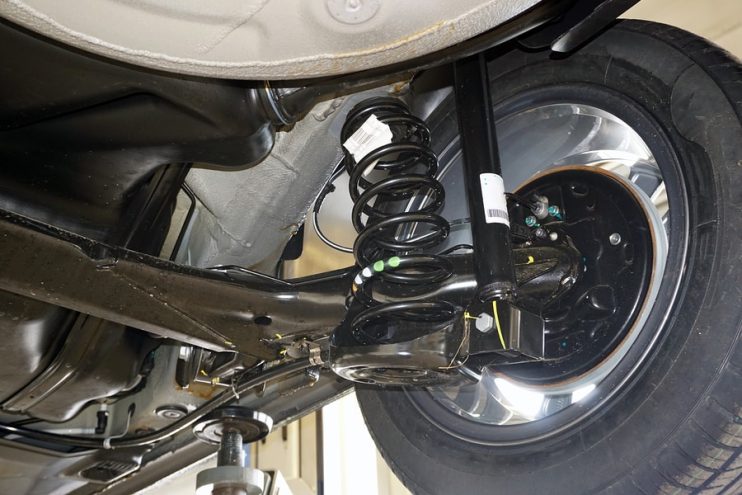
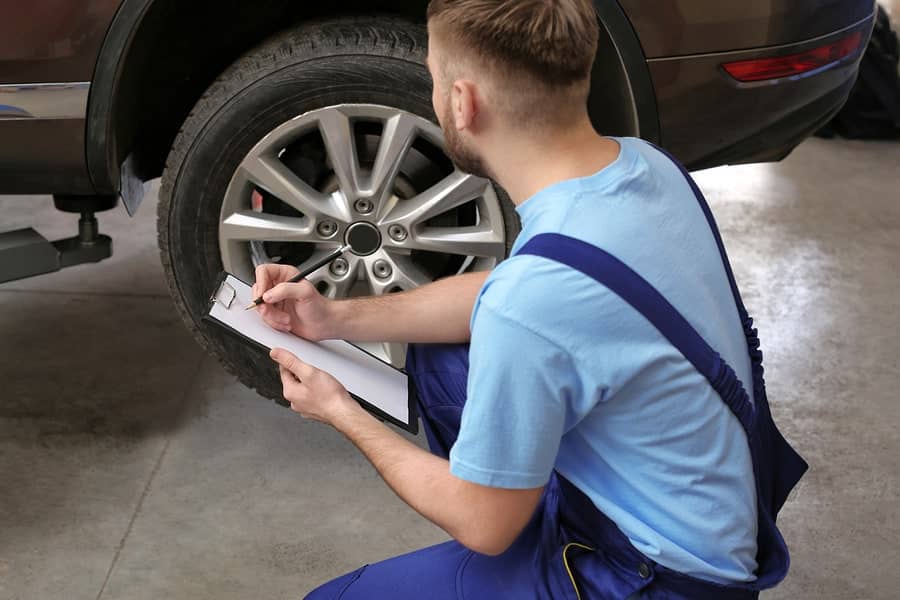
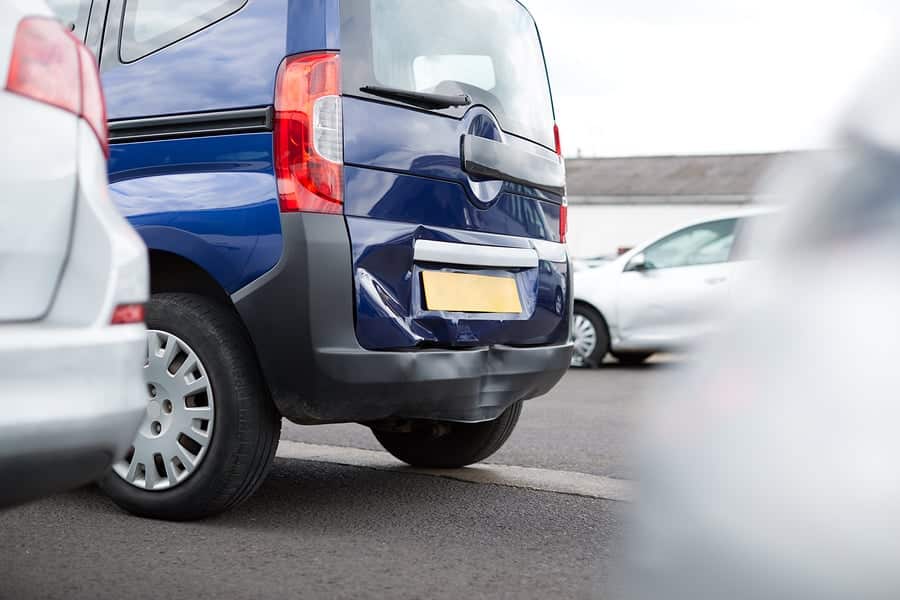
.png)